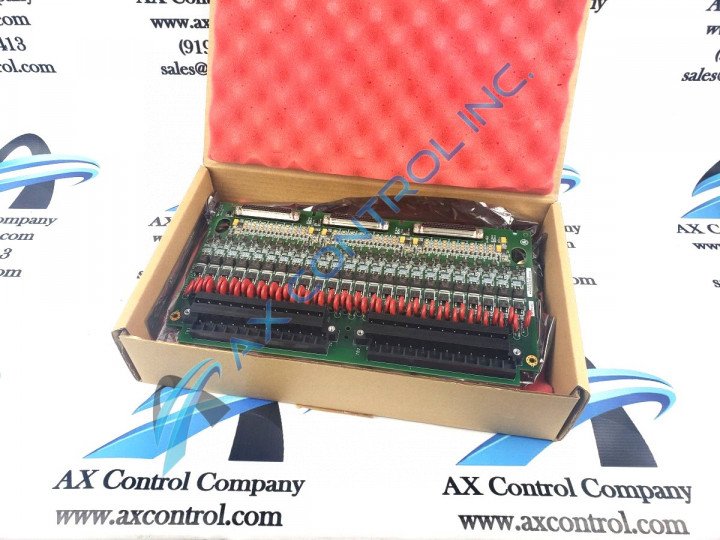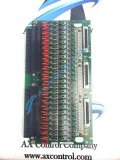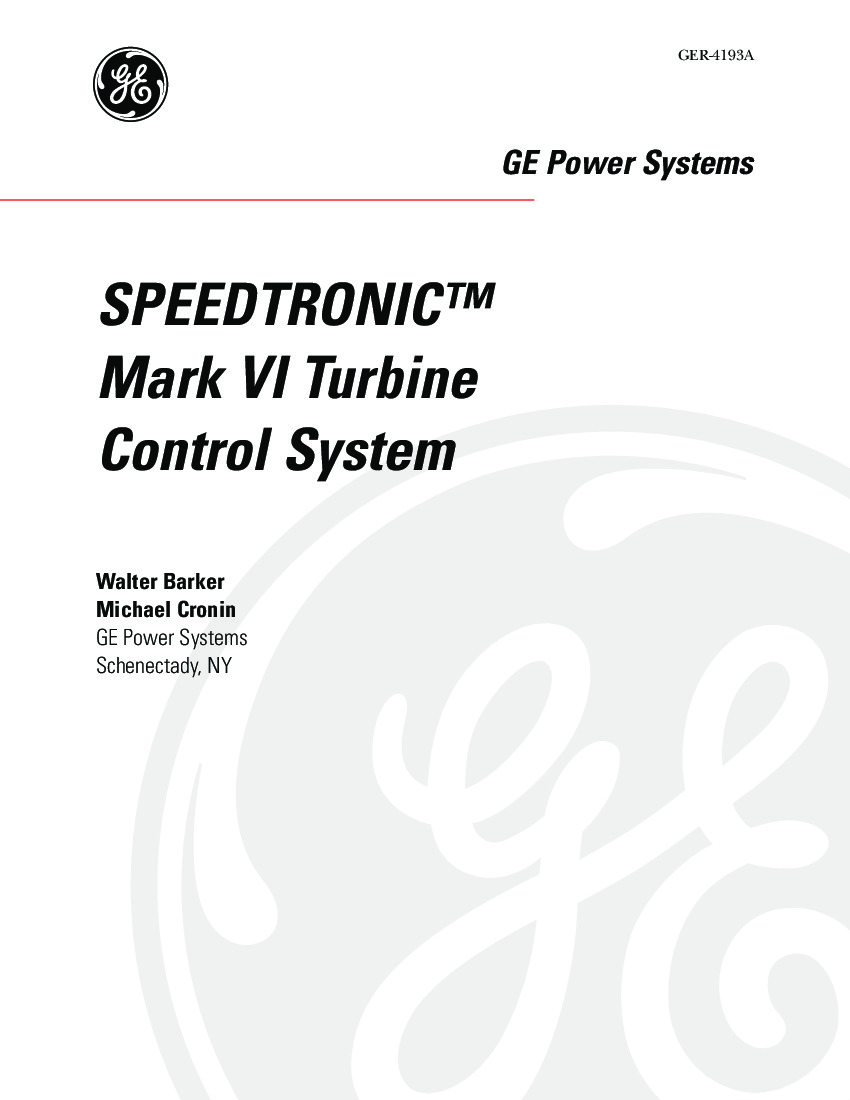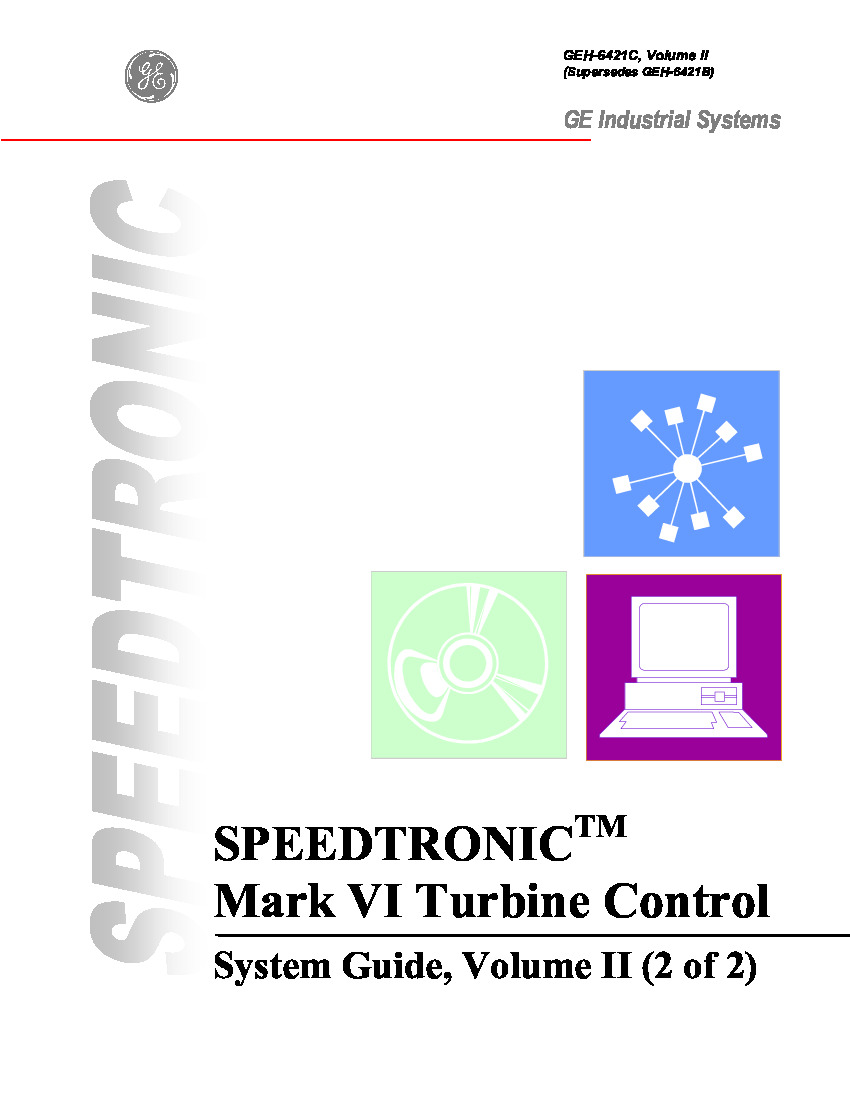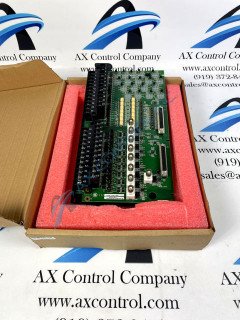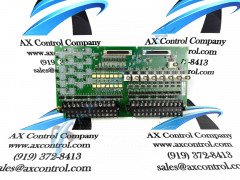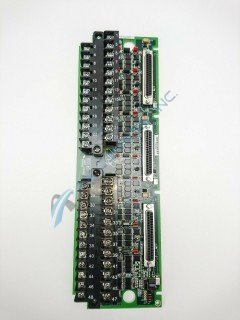About the IS200TICIH1A
Greater Product Series Information
This IS200TICIH1A Isolated Digital Inputs Terminal Board product offering from General Electric was originally manufactured and designed to act specifically as a printed circuit board product within the trusted automated industrial retailer's Mark VI Turbine Control System Series. The Mark VI Series that this IS200TICIH1A Isolated Digital Inputs Terminal Board belongs to has to be considered:
- something of a self-described General Electric product series, especially
- it exists with a set of possible functional applications in the management and control systems of General Electric-compatible gas, steam, and wind turbine automated drive assemblies
- quite the major upgrade upon the Mark V Turbine Control System Series that came before
- this GE Mark product series iterations' possible functional applications were limited to gas and steam automated drive assemblies alone
- one of the final-developed GE Mark product series to incorporate the patented Speedtronic control system technology into a range of its different products
Hardware Tips and Specifications
The Isolated Digital Input Terminal Board IS200TICIH1A was designed to be used with the VCCC board. The TICI board was designed to function in an equivalent manner to the TBCI board. This unit is typically used to provide voltage detection and has the ability to detect voltages across switches, relay circuits, and fuses. Any capacitor, diode, resistor, transistor, or integrated circuit in the normal Mark VI Series assembly of this IS200TICIH1A Isolated Digital Inputs Terminal Board product should be included as part of a voltage regulation and storage strategy made standard to all other Mark VI Series products. Given this IS200TICIH1A Isolated Digital Inputs Terminal Board's attribution to an infringed-upon Mark product series, it is not surrounded by a great depth of originally-produced instructional manual materials. With this being said, these above-attached materials detail this TICI-abbreviated product as very similar from the similarly-labeled TBCI Terminal Board, a product also available for purchase or repair here. The main difference between the TICI Board and the TBCI Board is this TICI input voltage ranges, which are:
- 70 − 145 V dc nominal 125 V dc, (detection threshold 39 to 61 V dc)
- 200 − 250 V dc nominal 250 V dc, (detection threshold 39 to 61 V dc)
- 90 − 132 V rms nominal 115 V rms, (detection threshold 35 to 76 V ac)
- 190 − 264 V rms nominal 230 V rms, (detection threshold 35 to 76 V ac)
Specialized IS200TICIH1A Product Hardware
As previously mentioned the TICI board is nearly equivalent to the TBCI board save for a few features that the TICI is included with but the TBCI board is not. Some of which are the input of hardware filtering and input voltage ranges. The main hardware filtering inputs are differing time delays regarding the AC and DC applications. Both applications have a nominal time delay of fifteen milliseconds. The DC applications allow for a range of eight milliseconds whereas the AC applications allow for a range of thirteen milliseconds. One note regarding the ranges is they can either be less than or greater than fifteen as long as it is in the range of the chosen application. The IS200TICIH1A board also has input voltages that the TBCI board does not have, one of which is as follows: 190 to 264 VRMs with a nominal of 230 VRMS, operating at 47-63 Hz, with a potential detection threshold in the range of 35 to 76 VAC. The TICI board has clearance and creepage restrictions that must be taken into account when operating the model with applications operating at 230 VRMS. When NEMA requirements are being met the creepage/clearance should be at 230 volts on a single phase. This IS200TICIH1A product is actually not the originally-developed device of its specific Mark VI Series functionality, as that would be the IS200TICIH1 parent PCB notably not utilizing this IS200TICIH1A product's sole A-rated significant product revision.


